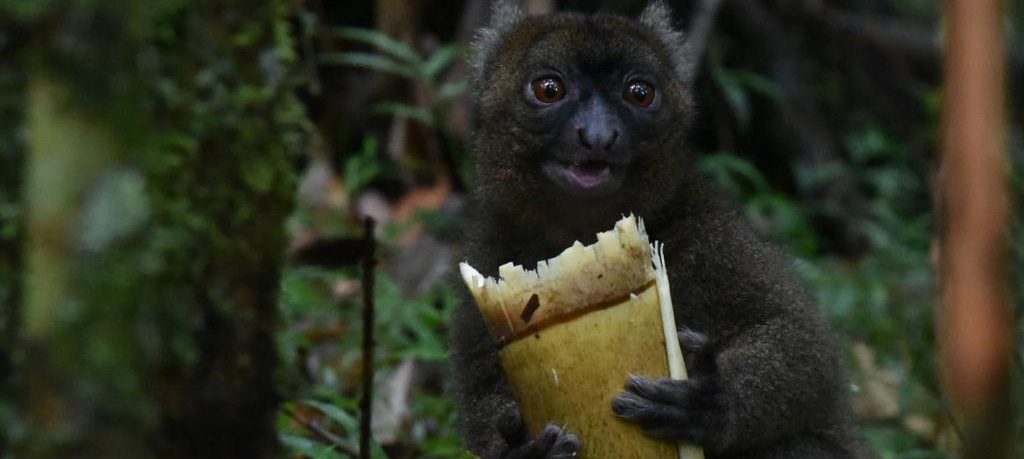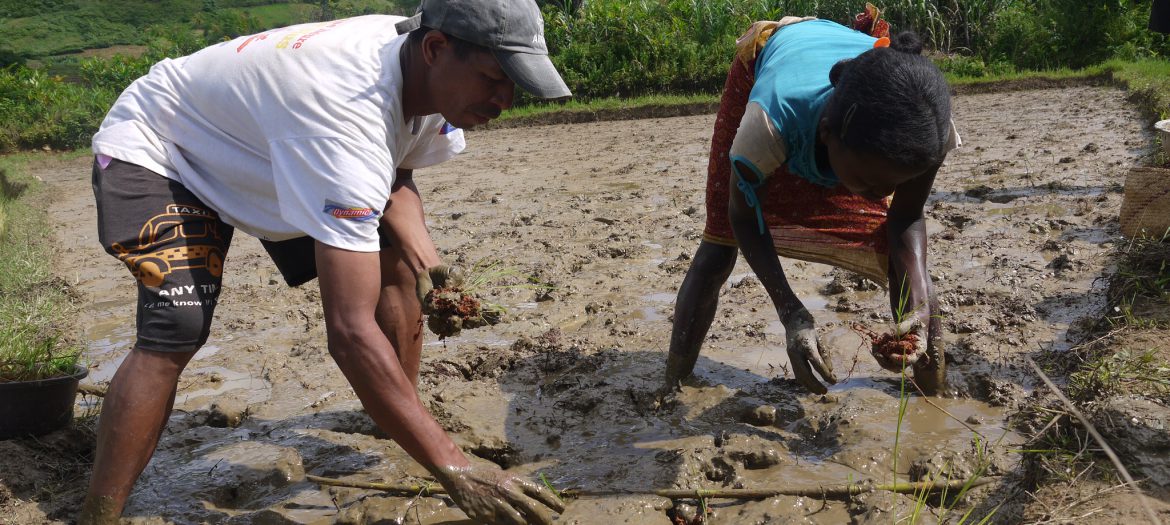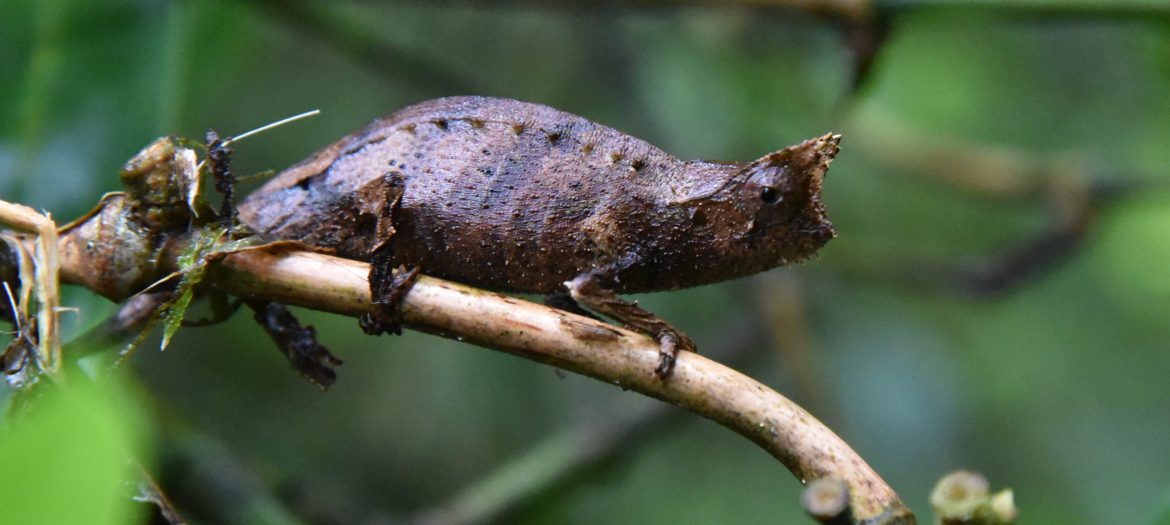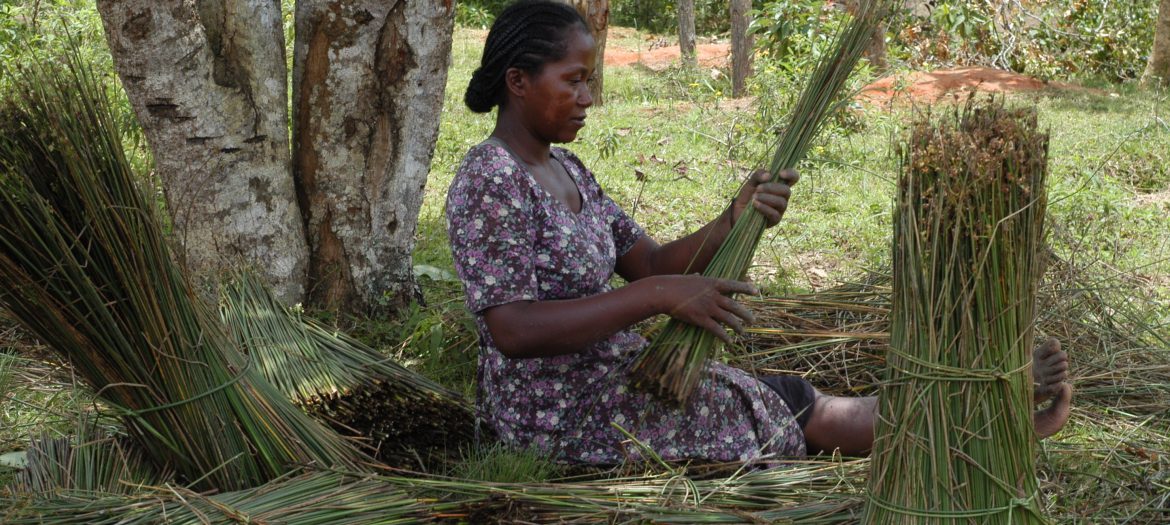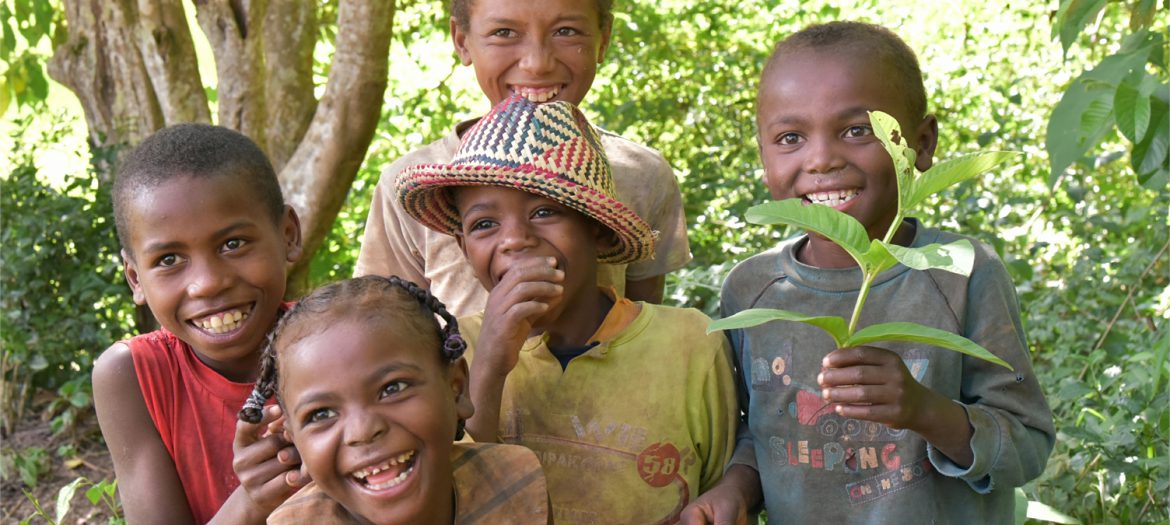
The inhabitants of Vohipeno district generally live in individual wooden huts of small size, with a single room or a room separated in two. The structures are made of hardwood. The walls are made of « ravinala » bark or flattened bamboo or « rapaky », as are the doors and windows. Housing conditions, especially in rural areas, are generally precarious and sanitary and serve as a dormitory, granary and chicken coop. The economy is mainly based on the agricultural sector, with production for export such as coffee, pepper and fruits (especially lychees) and food crops such as rice and cassava. However, 42% of arable land is cultivated and only 0.73 ha per farmer. 59.2% of the local working population has primary education. The area is characterized by widespread and deep poverty in both urban and rural areas, with about 9 out of 10 households having an income of less than $1 per day.
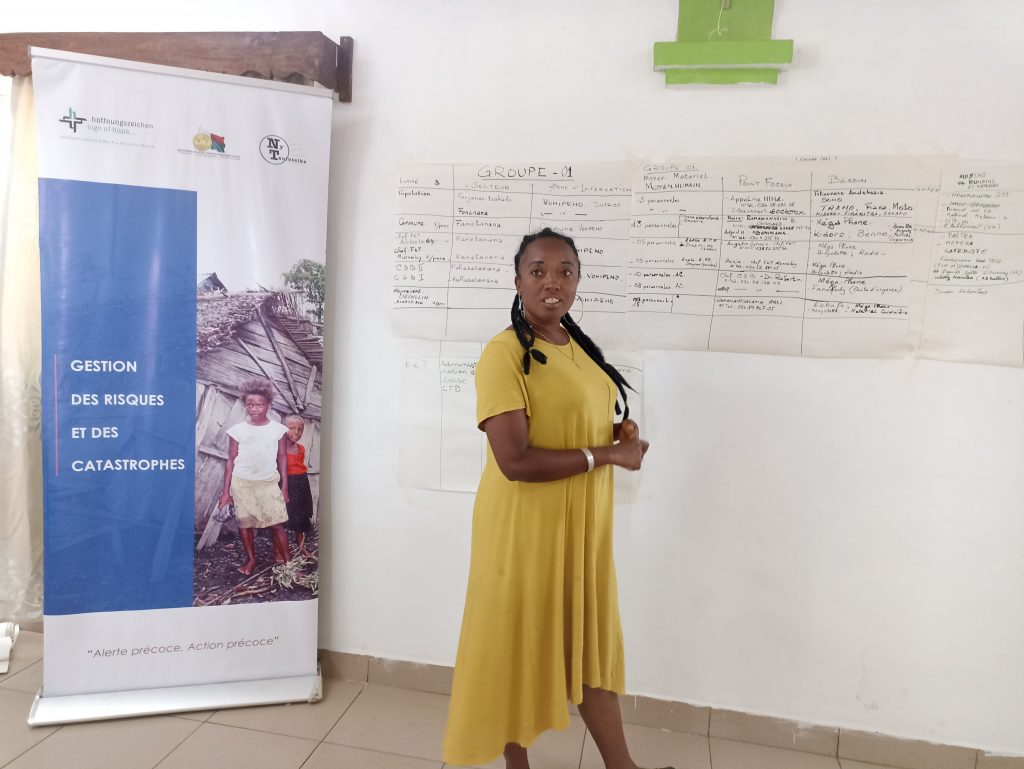
Faced with this situation, Ny Tanintsika has initiated a project that addresses the needs of the most vulnerable households for a palpable and sustainable impact in order to Mitigate the effects and impacts of the upcoming cyclones.
Funded by Sign of Hope, Ny Tanintsika, in collaboration with the National Office of Disaster and Risk management BNGRC, aims to help families in the Fokontany located on longside of the Matitanana River in the communes of: Vohipeno Centre, Ivato, Vohilany, Ankarimbary, and Mahabo, which are always at risk when cyclones or floods hit southeast of Madagascar.
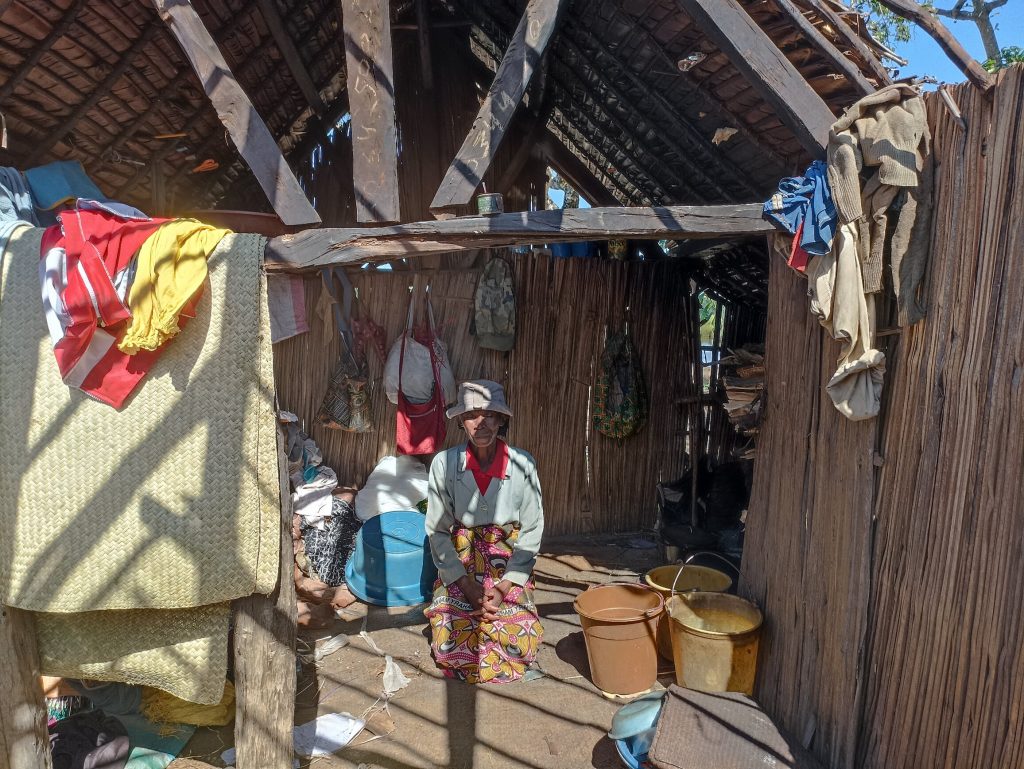
To address the needs of these populations, Ny Tanintsika decided to support the local authorities and SLCs (Local Structure Locale of Concertation) at municipality level and strengthen their capacity in disaster risk management and disaster risk reduction.




